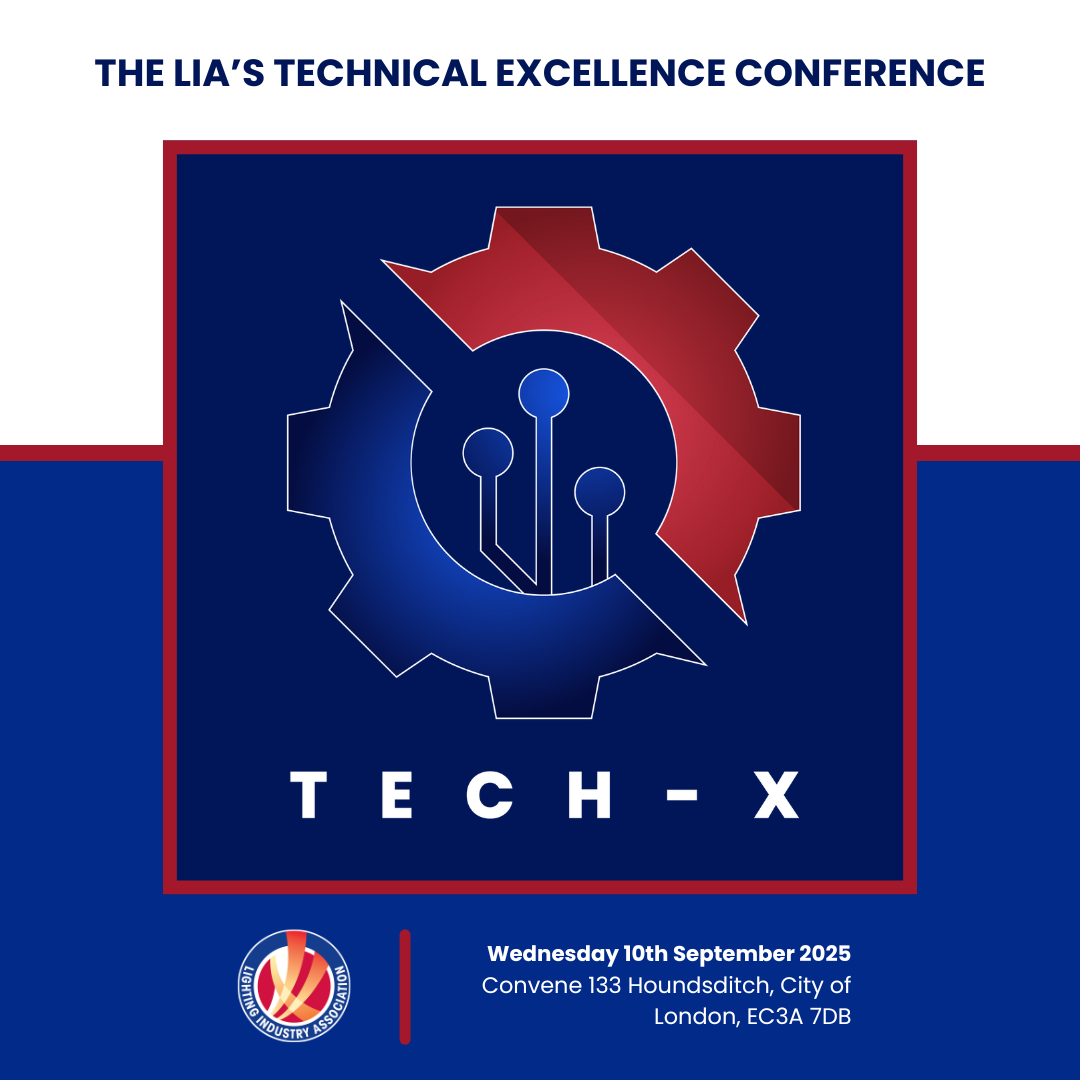How NEOM’s Sky Stadium Is Redefining AV, Lighting and Mega-Event Integration
If you’re working in pro integration, audiovisual, lighting or mega events, then the planned 'sky stadium' at The Line in NEOM, Saudi Arabia is a project worth bookmarking.
The stadium is planned as a 46,000-seat venue and is part of Saudi Arabia’s hosting plans for the FIFA World Cup 2034. Reports and renderings emerging this week suggest that the stadium will be suspended 350 metres above the desert floor, embedded into The Line’s vertical architecture.
Construction is reported to begin on the jaw-dropping project in 2027, with completion targeted for 2032. The building is described as 'fully on renewable energy (wind/solar), which sits as part of the overall NEOM sustainability narrative.
The implications of such a project for the integration, AV and major events industry are stark. Given the futuristic visual and architectural ambition, the stadium is likely to deploy advanced LED surfaces, immersive screens and high-density networking, such as 4K/8K video streaming or advanced broadcasting feeds for global audiences
From the structural embedding of the stadium into The Line (itself a monstrously ambitious project), access and logistics will be far from typical: think vertical transport, potentially lifts or pods and internalised loading zones.
The stadium is part of a 'sports-focused neighbourhood' with training facilities, fan-festival zones, hotels and other elements that complete the fan experience. This means the AV ecosystem could extend beyond the bowl itself: vestibules, plazas, external screens and augmented reality/visitor-engagement systems.
The strong emphasis on sustainability suggests power-management systems could be part of the design: integrating high-efficiency LED lighting, possibly adaptive lighting systems that respond to daylight, broadcast requirements and event modes.
-1.png?width=1200&length=1200&name=Rectangle-262-16-10%20(1)-1.png)
Image rendering courtesy of Saudi Arabia 2034


As a World Cup venue, the stadium must accommodate global broadcast standards, high-capacity data infrastructure, redundancy for uptime and even multiple event modes (sport, concerts, corporate events). Integration firms will need to plan for flexibility and scalability.
The surrounding urban fabric (hotels, retail, fan zones) suggests that the event ecosystem will be continuous rather than singular, blurring the line between stadium event days and city use. Integration of public-space lighting, digital signage and way-finding networks will be key.
This project sets a high bar for what a mega-event venue might look like in the 2030s. The stadium merges architecture, smart city infrastructure, broadcast/AV systems, sustainability and spectator experience. Integration firms that can operate at that convergence (lighting + AV + control + networking + structural interfacing) will be well-positioned.
The NEOM Sky Stadium may still be in the concept/early-planning phase, but for our industry it offers a peek into how stadiums will evolve: vertically integrated within a smart city, leveraging advanced AV and lighting systems, designed for multi-mode use and global events. For integration/AV/lighting professionals, tracking this kind of project helps stay ahead of the curve - both in terms of technology and business model.




